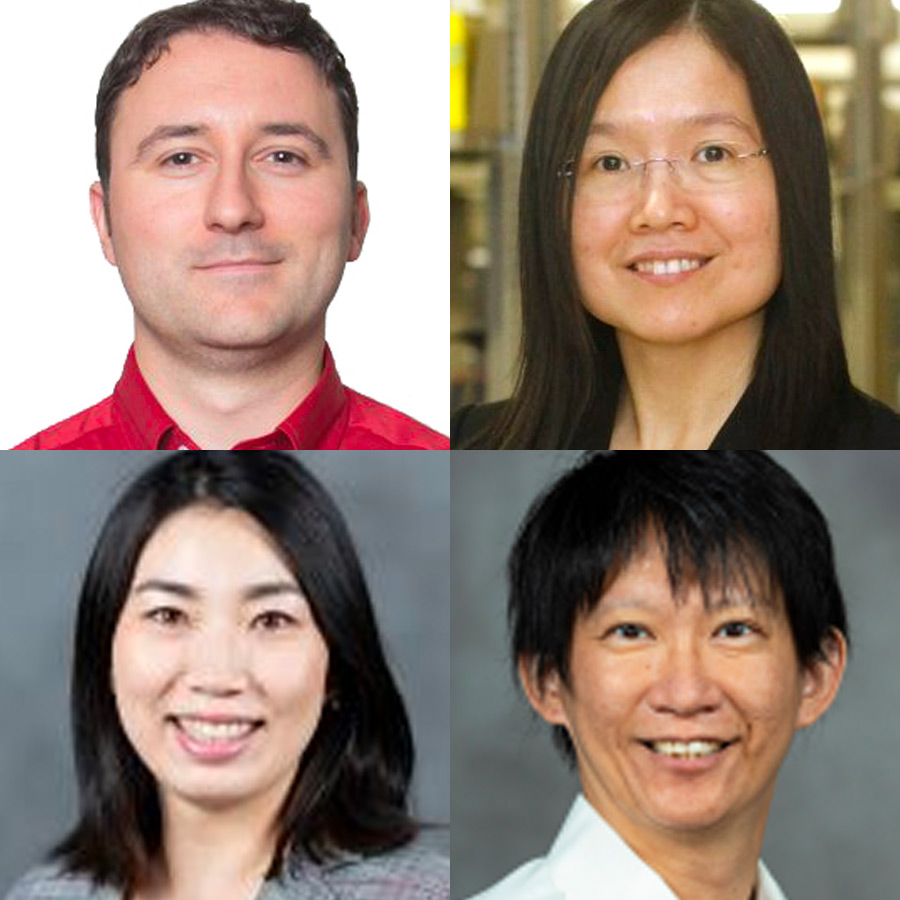UI Health Researchers Advancing our Understanding of Stem Cell Therapy
text of article Heading link

Stem cells have long held great promise for their application in regenerative medicine, though stem cell therapies are often unreliable or elusive. UI Health researchers are shining a light on various aspects of stem cells and their therapeutic application.
Researchers at the College of Pharmacy led by Dr. Kostandin Pajcini are examining environmental factors that can rejuvenate adult stem cells and increase their therapeutic abilities. The team’s focus is hematopoietic stem cells that reside in bone marrow and replenish the supply of blood cells, and which are largely dormant in the bone marrow. By comparing these cells to the activity of fetal liver stem cells they have identified a pathway that acts as a trigger to activate stem cells, and have found that this activation happens through proximity to other active stem cells. The researchers hope to be able to re-create a microenvironment that provides stem cells with the proper signals to rejuvenate and reprogram them for therapeutic application.
Dr. Miya Kang and Dr. Chun-Chieh Huang at the College of Dentistry were recently awarded a $2.2 million grant for a five-year research project to evaluate the combinatorial delivery of engineered mesenchymal stem cell-derived extracellular vesicles (MSC EVs) and growth factor as tools to enhance the rate and quality of bone repair in people with type 2 diabetes.
Dr. Xue-Jun Li of the University of Illinois College of Medicine Rockford is working to identify biomarkers and potential therapies for a common type of early-onset spastic paraplegia (SPG3A). Dr. Li will use cells from SPG3A patients to generate pluripotent stem cells that can become patient-specific nerve cells with the mutation that gives rise to the paraplegia, and test therapeutic agents with the aim of reversing the defects in the nerve cells.